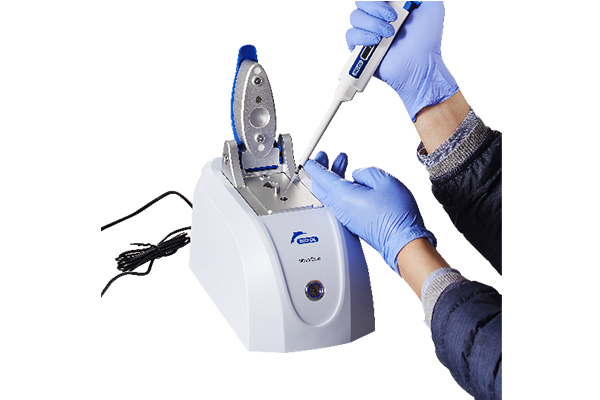
Visible ultra trace spectrophotometer is used to qualitatively or quantitatively analyze a substance by measuring the absorbance of light at a specific wavelength or within a certain wavelength range. The commonly used wavelength range is the ultraviolet range of 200-380nm; Visible light range of 380-780nm; The infrared region of 2.5-25 μ m (4000cm<-1>-400cm<-1>in wavenumber). The visible ultra trace spectrophotometer used is further divided into ultraviolet spectrophotometer, visible spectrophotometer (or colorimeter), infrared spectrophotometer or atomic absorption spectrophotometer. To ensure the precision and accuracy of measurement, all instruments should be regularly calibrated and calibrated in accordance with the national metrological verification regulations or the provisions of this appendix.
The visible light region with a wavelength range of 400-760nm and the ultraviolet light region with a wavelength range of 200-400nm have unique emission spectra for different light sources, so different luminescent materials can be used as the light source for the instrument.
The spectral light with a wavelength of 400-760nm emitted by the tungsten lamp light source can be refracted by a prism to obtain a continuous spectrum composed of red orange, yellow green, indigo, and violet. This spectrum can be used as a light source for visible light spectrophotometers.

The emission spectrum of a hydrogen lamp (or deuterium lamp): The hydrogen lamp can emit a spectrum with a wavelength of 185-400nm, which can be used as a light source for ultraviolet photometers.
Wavelength range: 200-1000nm wavelength repeatability: 0.5nm
Wavelength accuracy: ± 1.0nm, photometric accuracy: ± 0.5% T
Spectral bandwidth: 2nm wavelength display: LCD2 × 20 bits; Accurate to 0.1nm
Stray light: ≤ 0.2% T at 220nm340nm
Visible ultra micro spectrophotometers generally use low stray light, high-resolution single beam monochromators to ensure wavelength accuracy, wavelength repeatability, and higher resolution.
Automatic adjustment of 0% T and 100% T, automatic wavelength adjustment, and various data processing methods. High resolution, wide sample slot, capable of accommodating 100mm optical path absorption cell and corresponding reflective accessories. The instrument is equipped with a standard RS-232 bidirectional communication interface and can be connected to an external printer to print corresponding experimental data.
The working power supply of visible ultra trace spectrophotometer is generally 220V, allowing for a 10% voltage fluctuation. To extend the service life of the light source, do not turn on the light source when not in use. The monochromator is the core part of the instrument and cannot be disassembled when installed in a sealed box. To prevent the dispersion element from getting damp and moldy, it is necessary to regularly replace the monochromator box desiccant. The absorption cell must be used correctly to protect the optical surface of the absorption cell. The photoelectric conversion element should not be exposed to light for a long time, and should avoid strong light exposure or moisture and dust accumulation.